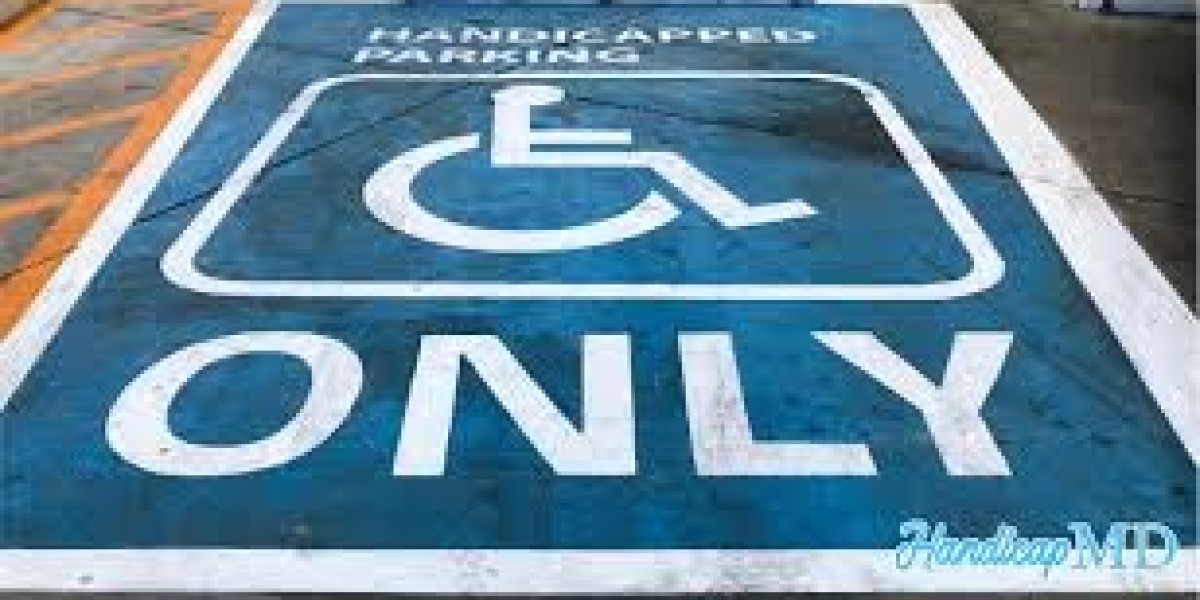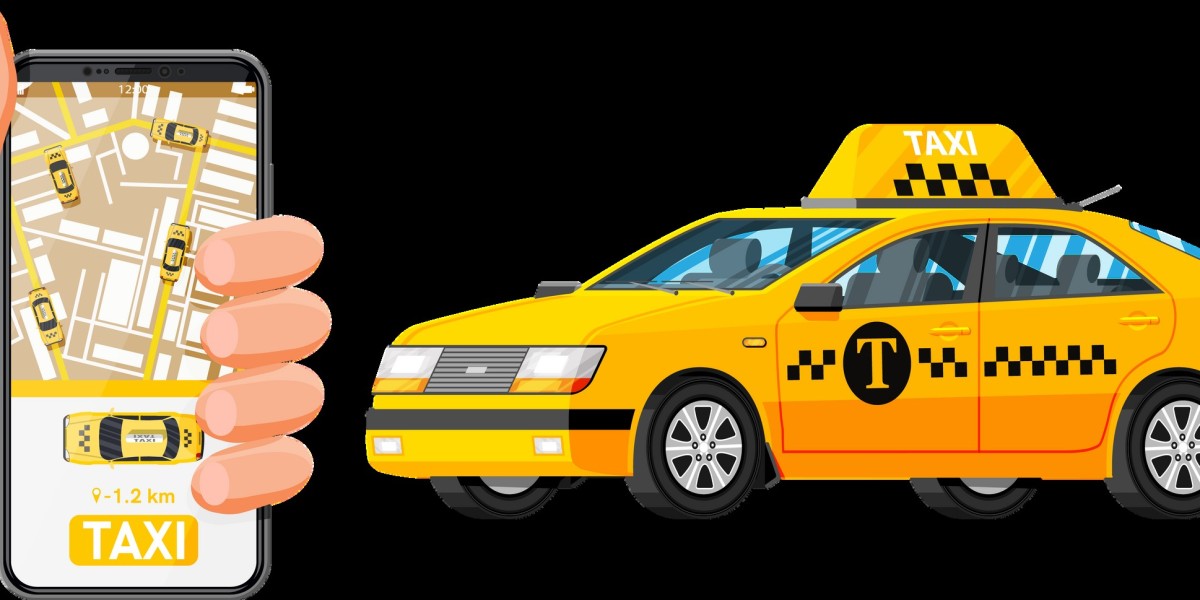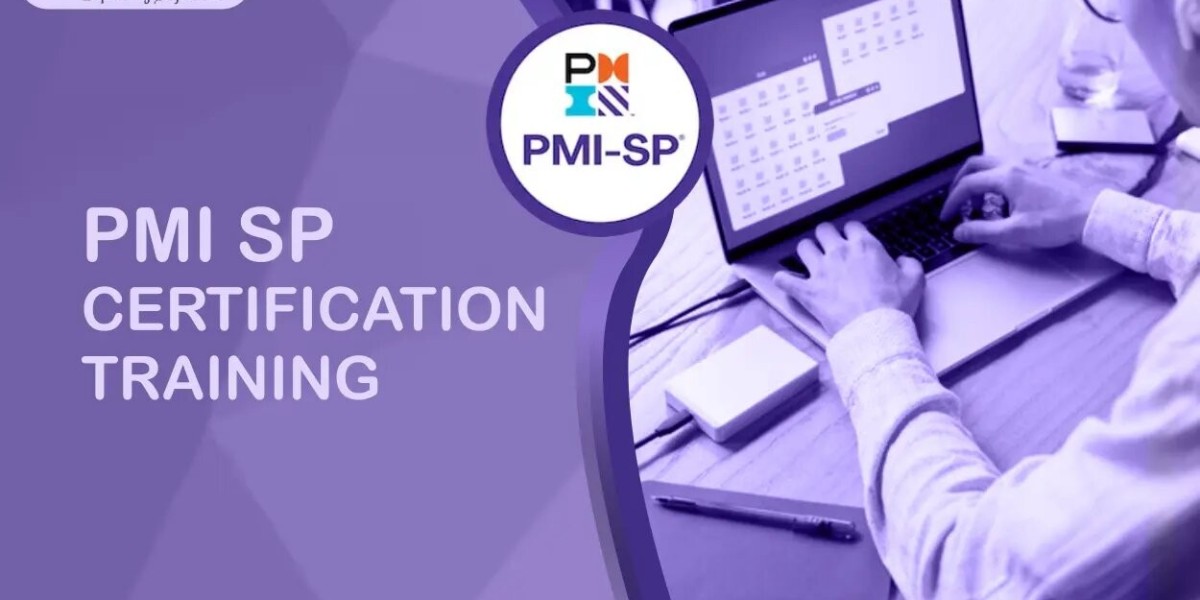Eligibility Criteria
To qualify for a handicap placard in Idaho, you must meet one of the following conditions:
1. Severe Mobility Impairments
- Conditions: Includes conditions that severely limit your ability to walk, such as major limb loss, severe arthritis, or spinal cord injuries.
- Certification: A licensed healthcare provider must complete the required medical certification form.
2. Chronic Health Conditions
- Conditions: Includes chronic health issues that significantly impact mobility or physical activity, such as severe cardiovascular or respiratory conditions.
- Certification: Requires medical documentation from a licensed healthcare provider.
3. Vision Impairments
- Conditions: Includes significant vision loss that affects your ability to navigate safely.
- Certification: Documentation from a healthcare professional is required to verify the impairment.
Types of Placards
1. Permanent Placard
- Description: Issued for long-term or permanent disabilities.
- Validity: Valid for up to five years but requires renewal.
2. Temporary Placard
- Description: Issued for disabilities expected to last less than six months.
- Validity: Valid for up to six months and can be extended or renewed with a new medical certification.
3. Disabled Person License Plate
- Description: An alternative to a placard, these plates are attached to the vehicle and are available upon request.
- Availability: Can be requested instead of a placard.
Application Process
1. Obtain Medical Certification
- Visit a Healthcare Provider: Schedule an appointment to get a medical certification that verifies your disability.
- Complete Certification: Your healthcare provider must complete and sign the Idaho Medical Certification Form (ITD 3100).
2. Complete the Application Form
- Access the Form: Obtain the application form (ITD 3100) from the Idaho Transportation Department (ITD) website or your local County Assessor's office.
- Fill Out the Form: Complete the form with personal details, medical certification, and specify the type of placard or plate you are requesting.
3. Gather Required Documents
- Application Form: Ensure the form is fully completed and signed.
- Medical Certification: Must be completed by your healthcare provider.
- Proof of Identity: A valid Idaho driver’s license or state-issued ID.
- Proof of Residency: Documentation showing your current address, if required.
4. Submit Your Application
- In Person: Submit your completed form and documents to your local County Assessor's office or Idaho Transportation Department office.
- By Mail: Send your application to the Idaho Transportation Department. The mailing address is typically provided on the application form or the ITD website.
5. Pay the Application Fee
- Fees: There may be a fee for processing the application or issuing a license plate. Check the Idaho Transportation Department website or contact your local office for fee details.
6. Receive Your Placard
- Processing Time: Processing times can vary. Check with your local office or ITD for estimated timelines.
- Mailing: Your placard or license plate will be mailed to the address you provided once your application is approved.
Using Your Handicap Placard
1. Proper Display
- Placard: Hang it from your rearview mirror or display it on your dashboard as instructed, ensuring it is visible to parking enforcement officers.
- License Plate: Attach it to your vehicle if you have chosen this option.
2. Parking Rules
- Designated Spaces: Park only in designated handicap parking spaces.
- Avoid Misuse: Do not use the placard if you are not the permit holder or if the vehicle is not transporting the permit holder.
Renewal and Replacement
1. Renewing Your Placard
- Permanent Placard: Typically valid for up to five years. Renewal involves reapplying and may require updated medical certification.
- Temporary Placard: Expires after six months. Apply for a new placard if needed, with updated medical documentation.
2. Replacing a Lost or Stolen Placard
- Report: Notify the local County Assessor's office or ITD if your placard is lost or stolen.
- Apply for Replacement: Complete the necessary forms and provide proof of identity to request a replacement.
Legal Aspects and Penalties
1. Misuse and Fraud
- Penalties: Misusing a handicap placard can result in fines, penalties, and legal consequences.
- Enforcement: Local authorities and parking enforcement officers actively monitor and enforce regulations to ensure compliance.
2. Compliance
- Regulations: Adhere to Idaho state laws and local regulations to avoid penalties and ensure proper use of handicap parking spaces.
Advocacy and Awareness
1. Support Accessibility Initiatives
- Promote Awareness: Advocate for improved accessibility and the expansion of handicap parking spaces in your community.
- Educate the Public: Raise awareness about the importance of respecting handicap parking regulations and the impact of misuse on individuals with disabilities.
2. Encourage Compliance
- Support Enforcement: Encourage local authorities to enforce parking regulations and address violations to ensure accessible parking spaces remain available.
Conclusion
Applying for a Idaho Handicap Placard Application is designed to enhance accessibility for individuals with disabilities. By understanding the application requirements, using the placard responsibly, and adhering to legal regulations, you contribute to a more inclusive environment. Ongoing advocacy and awareness efforts help ensure that handicap parking spaces are respected and available to those who need them.








